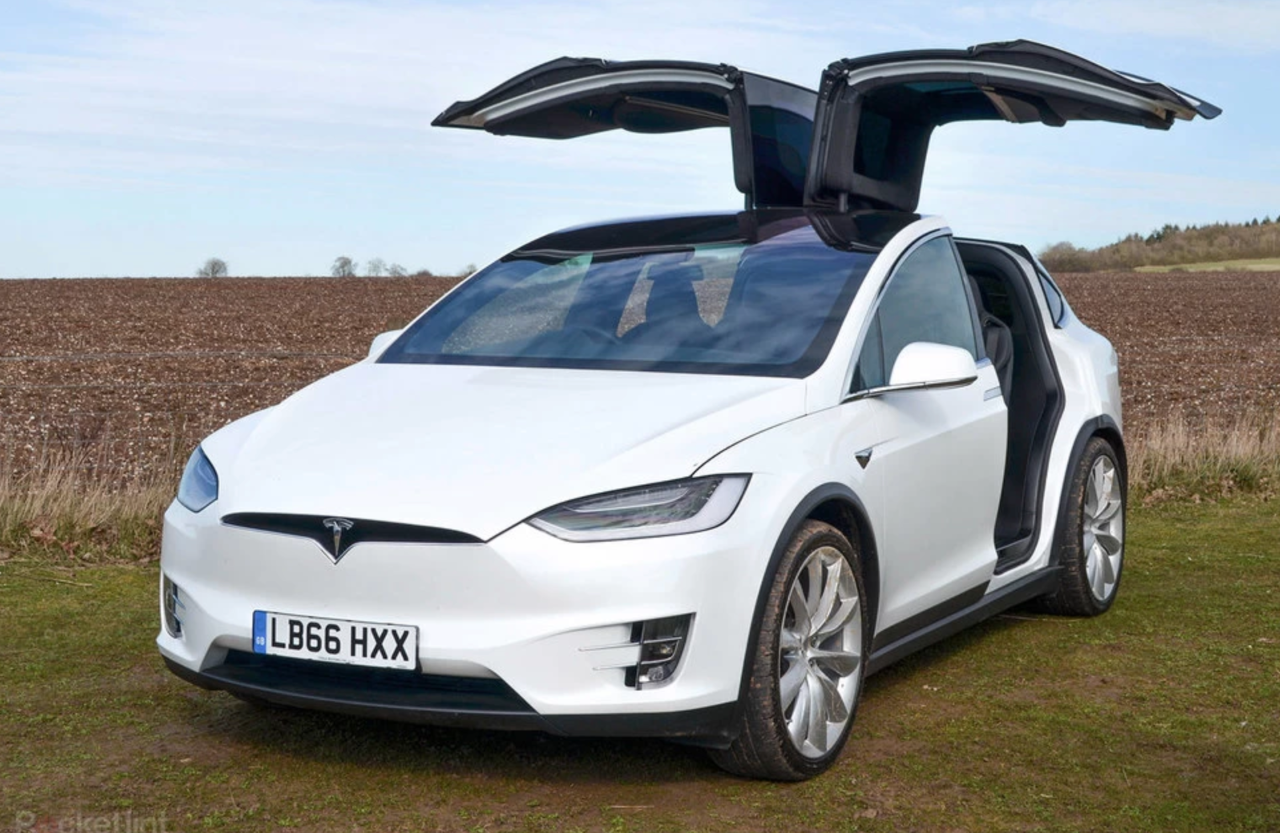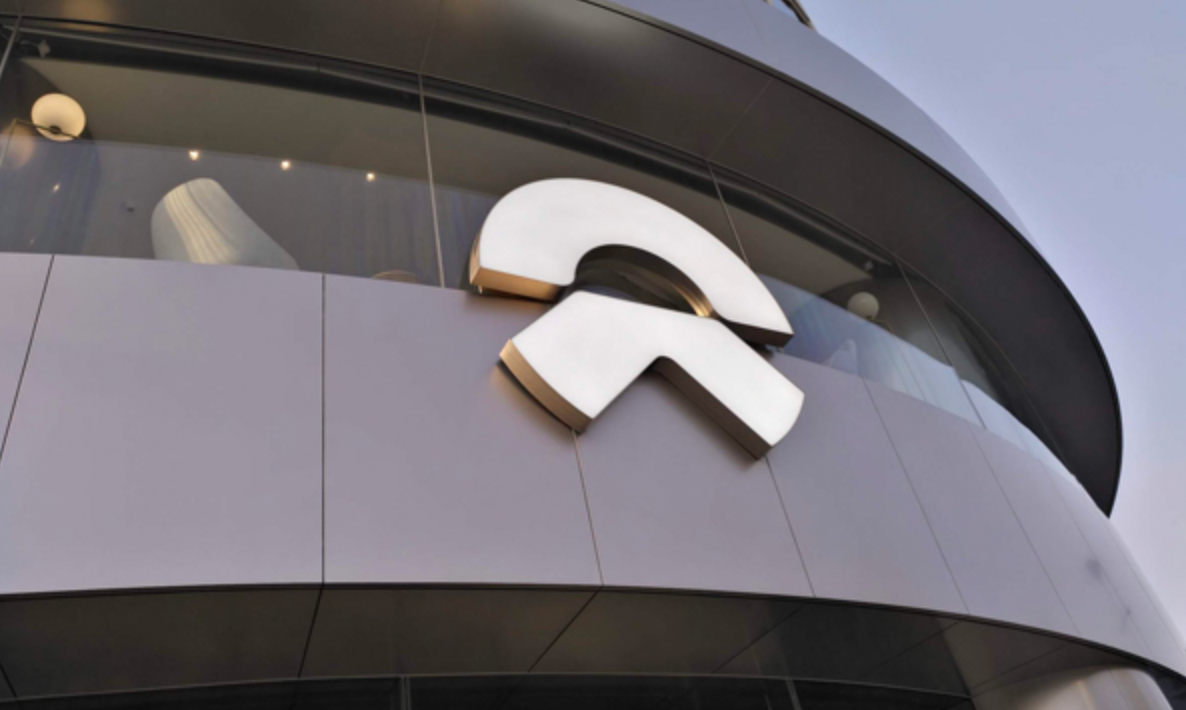WM Motor, the most difficult time is coming from the latest financial report: In the fourth quarter of 2021, the net loss of WM Motor reached 2.143 billion yuan, which is the most significant loss in the last two years. The gross profit margin was 17.2%, the lowest in the fourth quarter of 2021. The number of delivered vehicles was 25,000, which increased by 2.4% compared to the previous quarter and was the lowest in nearly seven quarters. It is undoubtedly that the high-end market focused by WM Motor has few mines to dig. Li Bin, the CEO of WM Motor, understands this very well. Therefore, in the conference call, he proposed a plan to help WM Motor recover- increase research and development and enter the medium and low-end market.Data indicates that after NIO reversed its decline in November last year, it entered into 3 consecutive months of negative growth in delivery. Although this was partly due to the impact of the weak delivery season during the Chinese New Year, it also demonstrates that the growth momentum, which was strong in the beginning of last year, has slowed down.
NIO naturally recognizes this dangerous signal, and its financial report shows that it expects to deliver 25,000 to 26,000 vehicles in the first quarter of this year, which is almost the same as that of the previous quarter. By February, NIO had delivered 15,783 vehicles this year, and with the first quarter coming to an end, it is highly unlikely that NIO’s deliveries in March will exceed 10,000 vehicles.
The expectation of almost no growth serves two purposes: it is a preventative measure for investors, and it also shows that NIO has realized that the high-end market dividend has been almost exhausted.
So the question arises, where is NIO’s future heading?
In NIO’s latest financial report, there appeared an interesting change, a significant increase in R&D investment.
The report states that in the fourth quarter of last year, NIO’s R&D expenses reached 1.829 billion yuan, a 53% increase from the previous quarter and the most significant R&D input since NIO’s listing on the US stock market.
Regarding investment direction, the financial report reveals that product development, as well as battery and intelligent driving, are the key areas of focus.
According to the plan, among the three high-end models developed based on the NIO 2.0 technology platform, ET7 has recently started formal delivery, while another slightly lower positioned model, ET5, has completed its production line preparations and is expected to commence delivery in the second half of this year. ES7, positioned as a mid-to-large-sized SUV, will be launched and delivered this year.
If we calculate based on the product development cycle, these three high-end models have already gone through the massive investment stage before the fourth quarter of last year.
Following this line of thought, it is possible that NIO has another major move up its sleeve.
As for what this move is, NIO revealed it as early as last year – a new brand and model targeting the mass market. At this financial report conference, Li Bin revealed the latest progress of this new brand.The formation of the new brand team has been completed, and the first batch of vehicle development has entered a critical stage.
The critical stage of development also means a significant investment. The R&D expenditure in the fourth quarter, which is expected to increase significantly, may be used for the development of mid-to-low-end models.
Apart from this, Li Bin also disclosed a crucial piece of information: R&D investment will be the focus of NIO’s financial expenditure this year.
According to the plan, NIO’s R&D team will further expand to 9,000 people in 2022, nearly doubling from the end of 2021. The investment in R&D this year will be twice that of 2021. This means that NIO will invest nearly 10 billion yuan in the R&D field this year.
According to NIO’s product development plan disclosed in its 2018 prospectus, the high-end ES, EC, and ET series have basically been completed, and NIO has not announced any new high-end model development plans. Therefore, it is self-evident where this RMB 10 billion investment will go.
After lingering in the high-end market for so long, NIO has finally realized that high-end models are attractive but have limited growth potential.
Building a car is a marathon, and to gain lasting stamina, we also need to look at the spindle in the middle of the spinning top.
Finally, let’s take a look at NIO’s overall financial performance last year.
The financial report shows that NIO’s full-year revenue in 2021 was RMB 36.14 billion, a year-on-year increase of 122.3%. Among them, automotive sales revenue was RMB 33.17 billion, a year-on-year increase of 118.5%.
The overall gross profit margin in 2021 was 18.9%, an increase of 7.4 percentage points from the previous year, and the gross profit margin of automotive sales was 20.1%, an increase of 7.4 percentage points from the previous year.
The full-year operating loss was RMB 4.4963 billion, a year-on-year decrease of 2.4%. Excluding share-based compensation expenses, the adjusted operating loss in 2021 (non-GAAP) was RMB 3.4862 billion, a year-on-year decrease of 21.1%.The net loss for the whole year was CNY 4.02 billion, a year-on-year decrease of 24.3%. Excluding stock-based compensation expenses, the adjusted net loss (non-GAAP) for the full year of 2021 was CNY 3.01 billion, a year-on-year decrease of 41.2%.
The net loss attributable to NIO ordinary shareholders for the whole year of 2021 was CNY 10.57 billion, an increase of 88.4% year-on-year. Excluding stock-based compensation expenses and the appreciation of redeemable non-controlling interests of ordinary shares, the adjusted net loss (non-GAAP) attributable to NIO ordinary shareholders was CNY 2.9756 billion.
As of December 31, 2021, NIO’s total assets were CNY 82.884 billion, with cash and cash equivalents of CNY 55.4 billion.
one more thing
When asked about NIO’s strategy after achieving success, Li Bin said that he would not learn from Tesla.
In Li Bin’s opinion, Tesla’s mode of operation was established by two luxury car models, the Model S and Model X, which laid the foundation for Tesla’s luxury brand.
Then Tesla quickly expanded sales by positioning the more affordable Model 3 and Model Y as entry-level, after all, luxury is attractive, and consumers fell for it.

However, it is undeniable that after the launch of the Model 3 and Model Y, the sales of the two models that had previously set Tesla’s luxury tone quickly declined.
For NIO, which also started with high-end models, the high-end market may not have long-term growth potential, but it has an important impact on brand tone and brand premium.
NIO, which has worked hard to establish itself in this field, clearly does not want to give up this lucrative market. So, what should NIO do with its low-priced sub-brand?
Li Bin’s answer is to learn from traditional automakers.
How do traditional automakers operate?
Toyota + Lexus, Volkswagen + Porsche, with a leg in mainstream and another in luxury, the path is clear.
Financial report link:
https://ir.nio.com/news-events/news-releases/news-release-details/nio-inc-reports-unaudited-fourth-quarter-and-full-2
Done.
“`
This article is a translation by ChatGPT of a Chinese report from 42HOW. If you have any questions about it, please email bd@42how.com.
